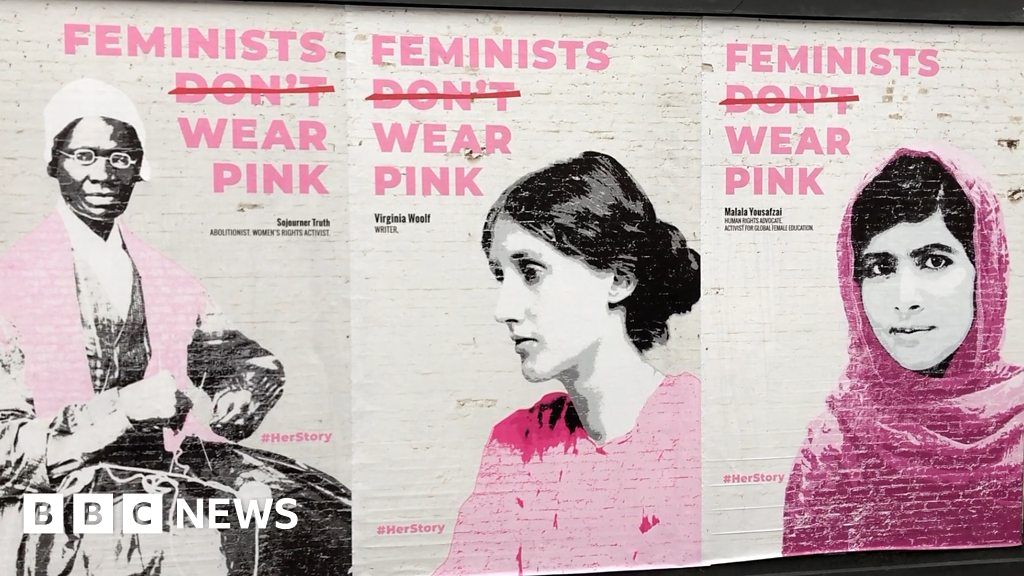



Mentioning Native American women and women confined to slavery only in passing, this chapter focuses mostly on the evolution of middle- and upper-class, predominantly white women's movements, such as the abolition organizations on the East Coast and the work of Elizabeth.Difficult Women: A History of Feminism in 11 Fights Helen Lewis € 19.99 If not in stock, the expected delivery time to our store for this item will be 3-5 working days.Īll the history you need to understand why you're so furious, angry and still hopeful about being a woman now Caitlin MoranWell-behaved women dont make history: difficult women do.Feminisms success is down to complicated, contradictory, imperfect women, who fought each other as well as fighting for equal rights. "First Wave Feminism: Fighting for the Vote" sidesteps the tricky but important issue of women in the American Revolution and picks up around 1800. To this end, Dicker presents a concise, simply worded history of American women's movements, divided into three historical and ideological stages, First Wave, Second Wave, and Third Wave Feminism, each of which is treated in a separate chapter. I hope reading this brief history.has a similar effect on you" (p.ix). It should work just as well, though, for any woman of any age who has missed this essential take on our country's history: "When they discover the inequalities women faced in the past, students can't help calling themselves feminists. The author identifies herself as a "latecomer to feminism" (p.vii), and her book is meant to serve as an introduction to the subject designed to prevent such a late arrival for its younger audience. In her relatively short text, Rory Dicker targets this demographic with her explanation and clarification of the history of women's rights and women's movements in the United States.

$12.95, ISBN 978-1-58005-234-4.įor the girls and women, myself included, who were born after the height of feminist political success in the 1960s and 1970s and the cultural backlash against those gains in the 1980s, the complicated cultural assumptions and norms produced by both movements seem as distant as Cold War standoffs, and yet their consequences shape our perceptions of self and our expectations and goals.


 0 kommentar(er)
0 kommentar(er)
